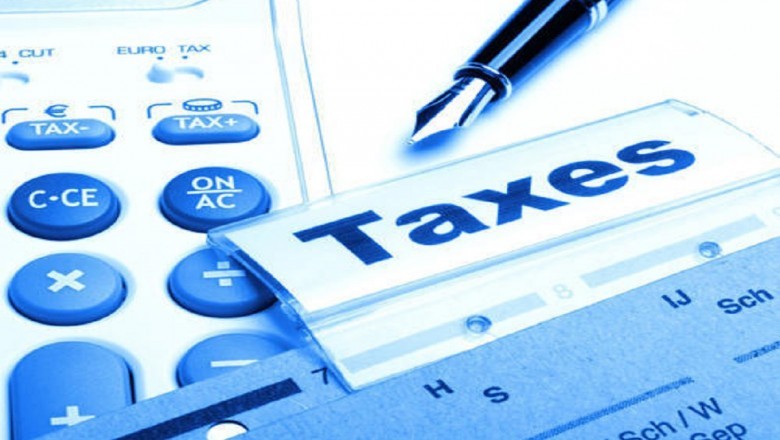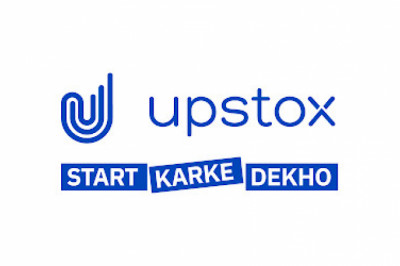views

excise duty;
income taxes;
gambling tax;
value added tax;
land tax;
social tax;
customs tariffs;
heavy goods vehicle tax.
The Baltic Sea region is the fastest growing business region in Europe. The trade flow among the states in this region has been steadily increasing year by year. The taxation system of Estonia is considered one of the most liberal taxation systems in the world. In 2000, Estonia implemented a comprehensive tax reform with an aim to create the simplest, most comprehensible and most convenient taxation system possible. The main advantage of Estonia is the low-tax system that can be described as a simple system with no hidden surprises and that was basically established to promote business and increase profits.
The taxation system of Estonia includes state taxes stipulated by the tax legislation and local taxes imposed by local governments or city councils in the respective territories according to laws and regulations.
Corporate income tax
As a result of reforms, the main benefit of entrepreneurs was the exemption from the corporate income tax in the event of reinvesting the profits. Thus, Estonian enterprises must pay the income tax only on their distributed profits, namely, dividends. The corporate income tax (tax on distributed profits) is 21 % of gross dividends.
This taxation system is conceptually different from the classic income tax system, because the tax is levied on distributed profits (also hidden distributed profits) instead of company profits.
Value added tax (VAT)
The value added tax payers are enterprises the taxable supply (except for import) of which does not exceed EUR 16,000 during a calendar year. The tax is levied on transactions with goods and services in Estonia and on the import of goods. The tax rate is 20 % of the taxable value.
The taxable period is one calendar month, and the value added tax must be paid into the state budget by the twentieth day of each month. The tax is fully paid into the state budget.
The registration of enterprises is carried out by the Tax and Customs Board also administering the VAT levied on domestic goods and services.
Personal income tax
In 2010, the tax rate is 21 % of taxable income, and residents must pay the tax on their income received both inside and outside Estonia. The taxable income includes the income from employment (salary, wage, bonus and other remunerations), business income, interest, royalties, rent, capital gains, maintenance support, pensions, scholarships (except for scholarships paid from the state budget or pursuant to law).
Social tax
This tax is imposed to ensure state pensions and health insurance. It is paid by legal persons, natural persons and non-residents with regular income. The tax rate is 33 % of the taxable amount. The tax must be calculated monthly, and a corresponding amount of money must be transferred no later than by the tenth day of each month.
Since 1 January 1999 the social tax payments have been personalised, and they form pension funds which will be considered in each specific case. The tax is accumulated in a special account of health and pension insurance funds within the state budget.
Excise duty
In Estonia, the excise duty is levied on tobacco, alcohol, fuel, packaging and vehicles.
The excise duty helps to control the amount of a specific product or provision of a specific service seeking to adjust the consumption of domestically sold goods.
Like value added tax revenues, also excise duty revenues are affected by changes in domestic demand, increase in imports of excise goods, as well as changes in excise duty rates.
Gambling tax
The gambling tax is levied on income from games of skill, totalisators, betting and lotteries, as well as gambling tables and machines used for organising games of chance in licensed places. The tax is based on payments out of which the winnings are paid. The taxable period for organising lotteries, games of chance and skill is one calendar month. The taxable period for totalisators is the period during which the betting is organised (it must be within the same financial year).
Tax rates are the following:
- EUR 447 per one gambling machine;
- EUR 1278 per one gambling table.
The tax rate on betting is 5 %, on totalisators - 5 %, on games of skill - 18 %, and on lotteries - 18 %.
Land tax
The tax rate is 0.1-2.5 % of the taxable value. The tax on land where the economic activity is restricted has been determined by the decision of Estonian government in the amount of 25 %, 50 % or 75 % of the tax rate. The land tax is paid three times a year - by 15 April, 15 July and 15 October.
The national land tax is paid on all land except:
- land where economic activity is prohibited;
- land adjacent to buildings or parts thereof of diplomatic missions and consular representations of foreign states;
- cemeteries and land under churches and temples of congregations;
- land in the use of a foreign state or international organisation. In addition, the municipal land tax is not paid on land in municipal ownership or land in public use based on the decision of the local government.
The value of land is stipulated by the Land Valuation Act. There are exemptions which are the following: the rate of land tax for areas under cultivation and for natural grasslands and forest land is 0.1 % to 2.0 % of the assessed value of the land annually.
Recipients of pensions may be exempted from the obligation to pay land tax on up to 0.1 hectares in cities and 1.0 hectare in rural municipalities on the condition that the applicant for the tax exemption uses the land for living and does not receive rent on the basis of the right of use of land.
The tax is fully paid into the municipal budget of the local government at the primary level. The tax is administered by the Tax and Customs Board.
According to the Estonian statistics, in 2009 the taxes had increased by 4 % based on the information provided by the newspaper Eesti Ekspress. Now, they amount to 36 % of the gross domestic product (GDP). It is mainly due to increasing the excise duty last year. Currently, the public sector of Estonia has the lowest tax burden in the whole European Union, and it will remain so in future.












